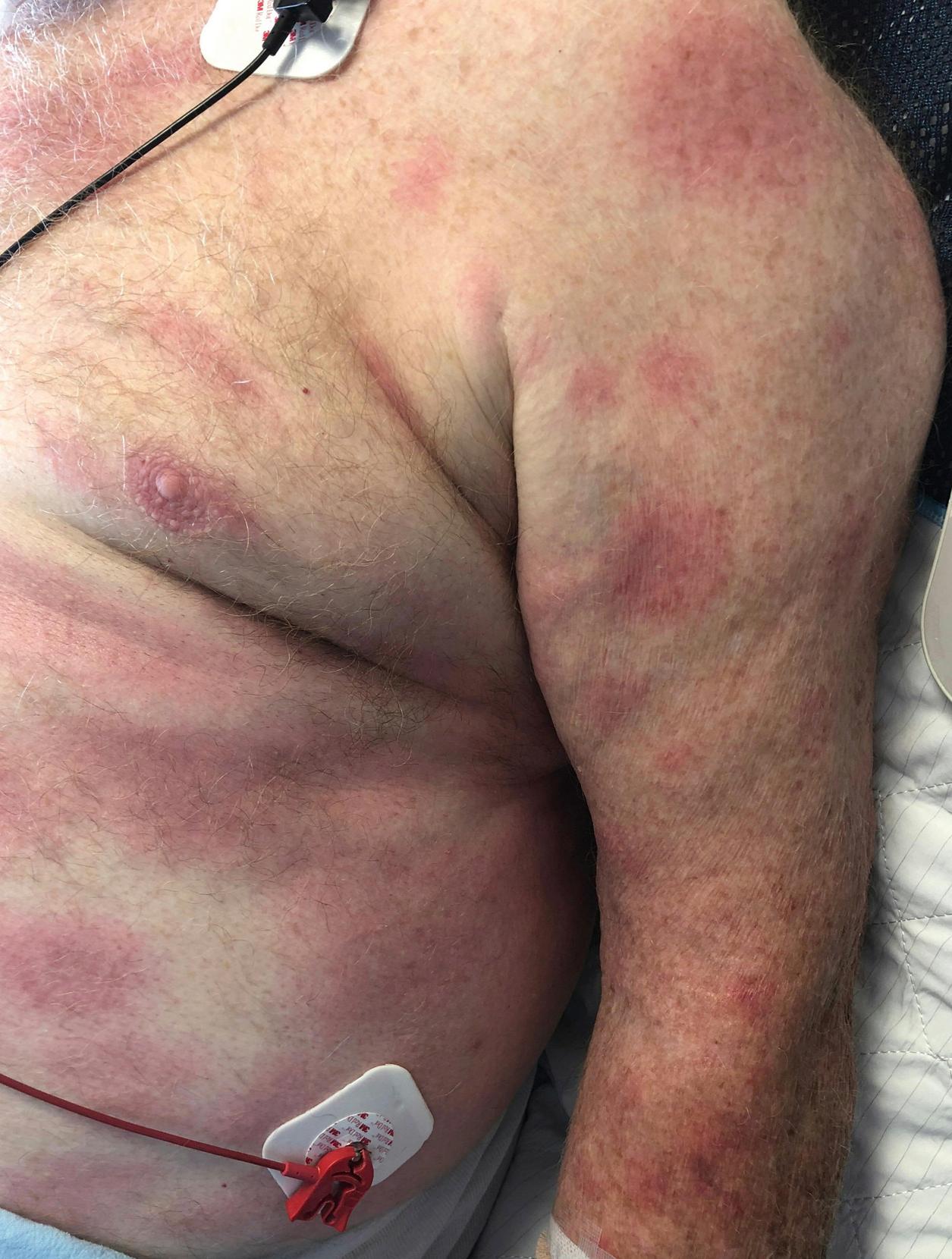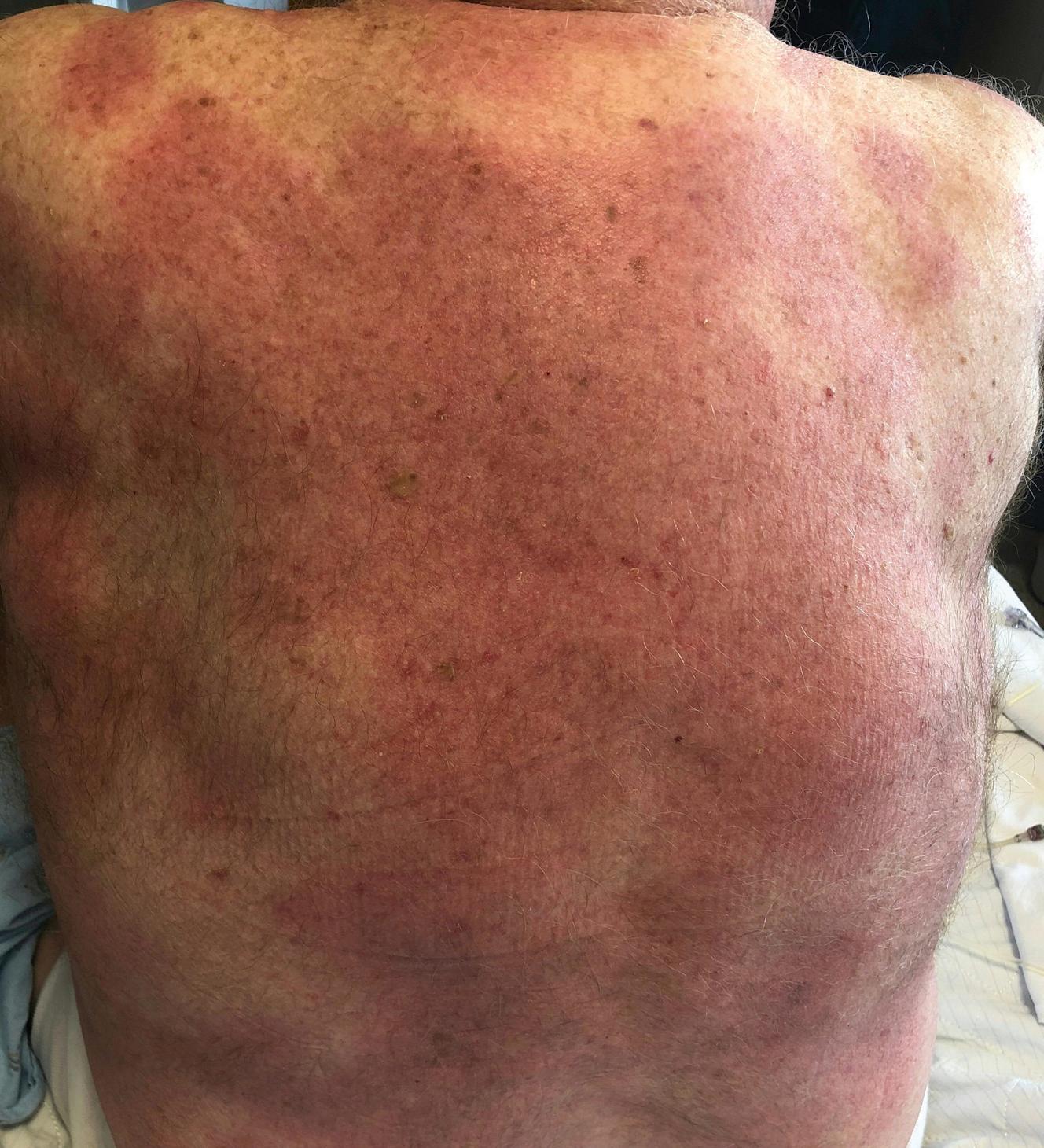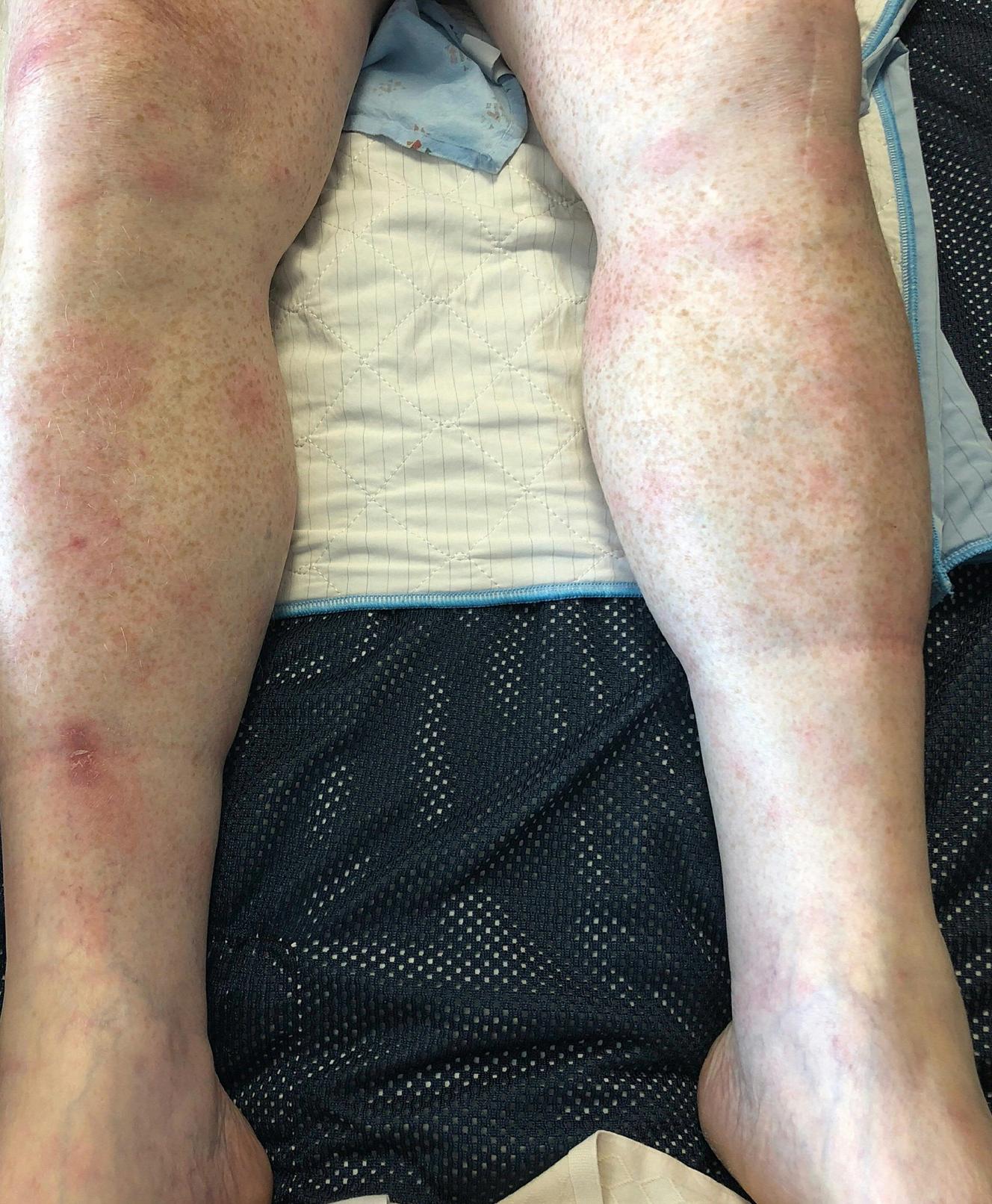Physical Address
304 North Cardinal St.
Dorchester Center, MA 02124
Vector-borne infections include diseases caused by diverse pathogens (bacteria, viruses, parasites) that are transmitted to humans by a variety of vectors such as ticks, mosquitoes, lice, tsetse flies, sandflies, triatome bugs, blackflies, mites, and snails. Vectors are typically blood-sucking insects that ingest the pathogen from an infected host reservoir (human, animal, bird) and then transmit them to a susceptible human during their next bloody meal. Globally, infections caused by mosquitoes contribute to a significant burden of diseases, especially in tropical and subtropical regions. In the United States, tick-borne infections constitute the majority of the diseases transmitted by vectors. However, the unprecedented increase in global travel and trade over the past decades has resulted in a higher number of Americans at risk of travel-related mosquito-borne infections. It is important that primary care physicians are able to provide appropriate pretravel counseling and other preventive measures to their patients to reduce their risk of acquiring vector-borne infections during their travel outside the United States.
Lyme disease is the most common vector-borne infection reported in the United States, contributing to more than 60% of reported cases. The common vector-borne infections in the United States are listed in Table 15.1 . Lyme disease is caused by the spirochete Borrelia burgdorferi and transmitted by the Ixodes tick. In 1977, an investigation of a cluster of juvenile rheumatoid arthritis among children in Connecticut led to the recognition of Lyme disease. The Centers for Disease Control and Prevention (CDC) estimates that approximately 300,000 people in the United States acquire Lyme disease annually. , Almost all Lyme disease cases are reported from a dozen states in certain geographic regions of the United States, emphasizing the importance of environmental and ecologic factors in the transmission of vector-borne infections. The proportion of ticks infected with B. burgdorferi and other pathogens varies across different regions of the country. Climate change that enables ticks to expand their geographic home, an increase in deer population, and a rise in the number of homes near forested areas have all contributed to the rise in the number of Lyme disease cases in the United States. The causative pathogen— B. burgdorferi —is transmitted primarily by black-legged ticks, Ixodes scapularis, in the northeastern and upper Midwest regions, whereas Ixodes pacificus ticks are the predominant vectors for Lyme disease in northern California and Oregon. During its life cycle, I. scapularis goes through larval, nymph, and adult stages over a period of 2 years. The primary reservoir of B. burgdorferi is the white-legged mouse, from which the larval stage of I. scapularis ticks get infected after taking a bloody meal. Ticks do not fly, but quest on tall grass and get attached to the exposed skin of humans as they pass by. Once attached, the nymphs may go unnoticed by the human host, as they are very small and their bite is painless. If the tick is removed early, Lyme disease can be prevented, as it takes approximately 48 hours for transmission of the spirochete to occur. The nymphal stage of black-legged ticks is the most efficient in transmitting B. burgdorferi. The incidence of Lyme disease peaks in the summer months, corelating with the time period of peak activity of Ixodes nymphs. Adult female I. scapularis ticks feed on deer, and hence they are also called deer ticks. Even though deer is not a reservoir for B . burgdorferi, the deer population is important for survival of adult female I. scapularis ticks and hence for the transmission of Lyme disease.
| Vector-Borne Disease | Pathogen | Vector | Endemic Regions in United States |
|---|---|---|---|
| Lyme disease | Borrelia burgdorferi | Blacklegged deer tick (Ixodes scapularis , Ixodes pacificus) |
Northeast, upper Midwest, northern California |
| Human granulocytic anaplasmosis | Anaplasma phagocytophilum | Blacklegged deer tick (Ixodes scapularis , Ixodes pacificus) |
Northeast, upper Midwest |
| Babesiosis | Babesia microti | Blacklegged deer tick (Ixodes scapularis , Ixodes pacificus) |
Northeast, upper Midwest |
| Human monocytic ehrlichiosis | Ehrlichia chaffeensis | Lone Star tick (Amblyomma americanum) , black-legged deer tick (Ixodes scapularis) | Southeast and southcentral United States |
| Rocky Mountain spotted fever | Rickettsia rickettsii | American dog tick (Dermacentor variabilis) , Rocky Mountain wood tick (Dermacentor andersoni) |
Southcentral United States |
| West Nile virus infection | West Nile virus | Culex mosquito | All states in continental United States |
| Tularemia | Fransicella tularensis | American dog tick ( Dermacentor variabilis ) , Lone Star tick ( Amblyomma americanum ), deer flies ( Chrysops spp. ) | Southcentral United States |
| Powassan virus infection | Powassan virus (Flavivirus) | Black-legged deer tick (Ixodes scapularis) , Ixodes cookie, Ixodes marxi | Northeast, upper Midwest |
| Plague | Yersinia pestis | Rodent fleas | Rural Western United States |
Lyme disease can present with a variety of clinical symptoms and often involve multiple systems. The clinical presentations can be divided into three states: (1) early localized, (2) early disseminated, and (3) late Lyme disease. It should be noted that the clinical features may overlap between the three stages, and patients may also present with a late disease manifestation without previous history of early Lyme disease.
Patients with early localized Lyme disease usually present with a characteristic erythema migrans skin rash and may have accompanying constitutional symptoms, including fatigue, arthralgias, myalgias, headache, fever, and anorexia. Classic erythema migrans has a target-like or bull’s-eye appearance. The rash starts at the site of the tick bite, usually after 7 to 14 days, and then slowly expands over days with a zone of central clearing. Although the classic erythema migrans is considered diagnostic of early Lyme disease, it is seldom seen among patients when they present to their primary physicians. During the first few days of the rash, it is usually homogenously red or has central erythema. The rash is warm to the touch and may itch or burn rarely, but is not painful. Thorough body skin examination is important, as the rash is commonly found in “hidden” parts such as axilla, popliteal fossa, inguinal region, or belt line. Biopsy of the skin lesion is not needed, and it may show signs of vascular endothelial injury.
Erythema migrans is present in approximately 80% of patients with early Lyme disease, despite only a small minority (around 25%) remembering a history of tick bite. , In the appropriate epidemiologic setting, early localized Lyme disease is diagnosed clinically based on erythema migrans skin rash. Patients may have mild, nonspecific abnormalities in total white blood cell count, erythrocyte sedimentation rate, red blood cell count, platelet and count, so these are not useful in making the clinical diagnosis. Abnormalities in hepatic transaminase levels, thrombocytopenia, and anemia may suggest the presence of coinfections transmitted by the same Ixodes tick bite, such as anaplasmosis or babesiosis. Serology is not a useful diagnostic tool in early Lyme disease and may be misleading, as false-negative results are quite common. Newer molecular methods may be helpful in identifying the coinfections.
The important goals of antimicrobial therapy for early localized Lyme disease are to reduce the duration of clinical disease and lower the risk of subsequent occurrence of late Lyme disease manifestations. The first-line antibiotics include oral doxycycline, amoxicillin, and cefuroxime–axetil. Small randomized clinical trials conducted in the United States have shown that three first-line antibiotic regimens have equivalent efficacy in the treatment of early localized Lyme disease. Oral doxycycline, however, is the preferred antibiotic, given its activity against possible coinfecting pathogens such as Anaplasma phagocytophilum, Ehrlichia spp ., and Borrelia miyamotoi . Because of its effectiveness, oral doxycycline may also be used in children less than 8 years of age, as endorsed by the CDC and American Academy of Pediatrics. The preferred antibiotic regimens for different clinical presentations of Lyme disease are listed in Table 15.2 . Although most clinical trials used 21 days of antibiotic treatment, a shorter duration of treatment (10 to 14 days) appears to be equally effective. Many experts prefer shorter regimens (10 days of oral doxycycline or 14 days of oral amoxicillin) for the treatment of early localized Lyme disease. For pregnant women, doxycycline should be avoided due to potential adverse effects, and either a course of oral amoxicillin or cefuroxime–axetil is the preferred regimen. Macrolides such as azithromycin were noted to be not as effective as amoxicillin and are reserved only for patients who cannot tolerate any of the first-line antibiotic agents. Among patients treated with oral macrolides, chances of treatment failure, relapse, or progression to the late stage is significant, and close clinical monitoring is essential. Of note for primary care physicians is that first-generation oral cephalosporins such as cephalexin have no activity against B. burgdorferi and are not recommended for the treatment of Lyme disease. This is clinically relevant, as a common diagnostic dilemma faced by primary physicians in endemic regions is to differentiate between atypical homogenously erythematous early Lyme skin lesion and cellulitis. If it is difficult to separate the two entities, a reasonable approach might involve using oral cefuroxime–axetil that has activity against both B. burgdorferi and common pathogens involved in cellulitis.
| Clinical Syndrome | Antibiotic Regimen for Adults |
|---|---|
| Early Lyme Disease | |
| Localized Erythema Migrans |
|
| Early Disseminated Disease | |
| Multiple Erythema Migrans |
|
| Early Lyme Carditis |
|
| Early Lyme Facial Nerve Palsy |
|
| Early Lyme Meningitis |
|
| Late Lyme Disease | |
| Late Lyme Arthritis |
|
| Late Lyme Central Nervous System Manifestations |
|
Most patients with early localized Lyme disease have complete resolution of symptoms with appropriate antibiotic therapy. However, a small percentage of patients may have persistent subjective symptoms like fatigue, headache, arthralgias, myalgias, and fatigue for several weeks to months after treatment. These patients require reassurance that these symptoms usually resolve spontaneously and do not need further antibiotics, as they do not have active infection. If symptoms persist beyond 6 months, patients are categorized as post–Lyme disease syndrome.
Early disseminated Lyme disease is characterized by hematogenous spread of the spirochete to distant sites such as the skin, heart, and nervous system that present within a few weeks to months after the initial tick bite.
The presence of multiple erythema migrans skin lesions is usually a sign of hematogenous dissemination rather than multiple concurrent tick bites ( Figs. 15.1 to 15.3 ). In one study, patients with spirochetemia were more likely to have multiple skin lesions and be symptomatic. In these patients, careful clinical evaluation is indicated to detect involvement of other systems such as the heart and nervous system. Oral doxycycline 100 mg twice daily for 21 days is the recommended antibiotic regimen for patients with multiple erythema migrans and without any evidence of Lyme meningitis or severe Lyme carditis requiring hospitalization. A significant proportion of patients with multiple erythema migrans lesions develop worsening of symptoms in the first 24 hours of antibiotic therapy due to an immune response to antigens released by dying spirochetes, called Jarisch–Herxheimer reaction.



Lyme carditis occurs in approximately 1% to 10% of patients diagnosed with Lyme disease in the United States. Early Lyme carditis usually occurs within the first 2 months and may present alone or overlap with erythema migrans and/or early neurologic symptoms. The most common cardiac manifestation is the varying degrees of atrioventricular (AV) block due to dysfunction of the conduction system. Depending on the severity of cardiac involvement, patients may be asymptomatic or have symptoms such as palpitations, lightheadedness, or syncope. A report of three sudden cardiac deaths among otherwise healthy young adults and postmortem evidence of Lyme carditis raised the alarm of this potentially lethal presentation. Rarely patients may also develop mild forms of myopericarditis with nonspecific ST-T changes in the electrocardiogram (ECG) and usually without significant clinical symptoms. Lyme disease does not cause valvular endocarditis or aortitis.
The CDC recommends two-tier serology testing: initial screening with enzyme-linked immunosorbent assay (ELISA) and confirmatory Western blot analysis for the diagnosis of Lyme carditis. Although serology may be negative during the early few weeks of infection, most patients would have developed a Lyme-specific antibody response by the time they present with symptoms of Lyme carditis. Positive two-tier serology testing in the appropriate epidemiologic risk factors and ECG findings is helpful in the diagnosis of Lyme carditis. Patients with negative Lyme serology are unlikely to have cardiac Lyme disease, and alternative diagnostic evaluation for cardiac conduction abnormalities should be pursued.
Symptomatic patients and those with a high degree AV block require close monitoring with cardiac telemetry, as the degree of AV conduction block can fluctuate rapidly. Intravenous (IV) ceftriaxone 2 g daily in adults is the preferred initial regimen for symptomatic patients and those with first-degree AV block with a PR interval more than 300 milliseconds or second- or third-degree AV block. A third-generation cephalosporin (IV cefotaxime) or IV penicillin G are acceptable alternative regimens, and desensitization should be considered for patients with a history of severe immunoglobulin E (IgE)–mediated anaphylaxis to penicillin. Consultation with a cardiac electrophysiologist is helpful, as patients may require implantation of a temporary pacemaker. It is reasonable to continue an IV antibiotic until the high-degree AV block has resolved and then transition to one of the oral antibiotics (oral doxycycline, amoxicillin, cefuroxime axetil) to complete a total of a 21- to 28-day course. With appropriate antibiotic therapy, complete AV block usually improves within a week, and hence, patients do not need permanent pacemaker placement. Minor conduction abnormalities may last up to 6 weeks before resolution.
Become a Clinical Tree membership for Full access and enjoy Unlimited articles
If you are a member. Log in here